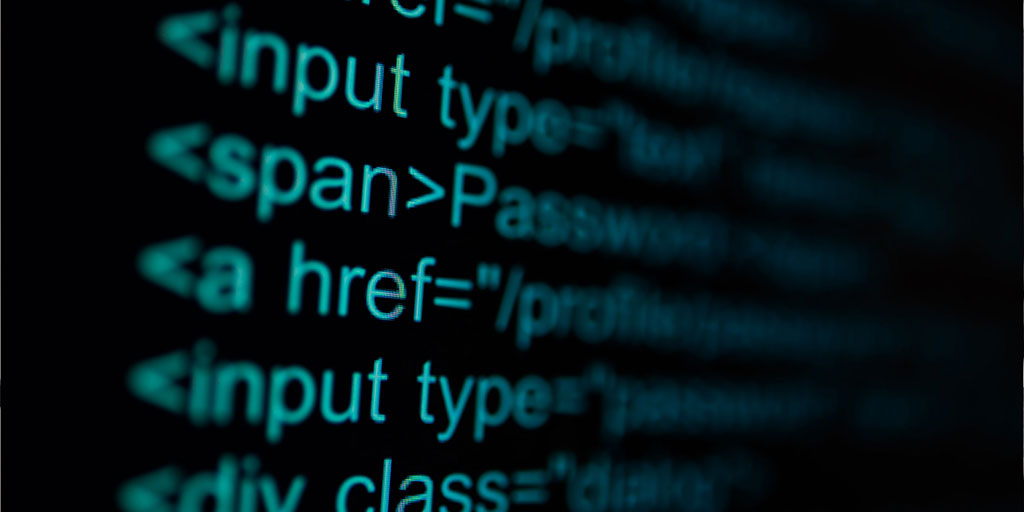Estimated reading time: 5 minutes, 20 seconds. Contains 366 words
Artificial intelligences are already taking over important tasks in the IT world
It looks like artificial intelligences will take over some of the programmer's will take over some of the work in the future. For example, we have the texts of our blogs written by an artificial intelligence (AI) design and it works amazingly well.
Heading
Artificial intelligence (AI) is already having a major impact on the
IT world and is expected to continue to evolve and take on more and more
tasks. Here are some trends and developments that can be expected in the near future.
are:
1.Expansion of application areas: AI systems will become prevalent in more and more application areas
including medicine, finance, the automotive industry, and many
others.
2.Better decision making: AI systems are getting better at making decisions
and solving complex problems. This will enable companies to make better decisions
and optimize processes.
3.Improving language processing: AI is getting better at understanding and processing human language.
understand and process human speech. This will lead to improved interaction between humans and
machine, for example in chatbots and voice assistants.
4.Advances in robotics: AI systems are increasingly being used in robots to perform tasks in
various fields. This can range from assisting in surgical procedures
to providing services in the hospitality and tourism industries.
.
5.Enhanced security and privacy: AI will also help to improve security and privacy
in the IT world. For example, AI systems can help detect cyberattacks
and detect security vulnerabilities in systems.
.
6.Overall, AI is expected to help improve many aspects of the IT world
and help companies make better decisions and optimize processes.
At the same time, however, it will also be important to ensure that AI is used ethically and
used responsibly.
The proliferation of artificial intelligence (AI) will undoubtedly impact the Labor market and the skills needed. Here are some of the potential impacts:
.
1. Automation of routine tasks: AI systems can automate many repetitive and routine
Automate tasks, which can lead to some jobs becoming obsolete. For example,
chatbots can answer customer inquiries automatically, which can reduce the need for human
customer service representatives.
2. Creation of new jobs:At the same time, AI systems can also create new jobs. For example.
there will be more professionals are needed to develop, train and maintain AI systems. In addition,
new job roles may emerge, such as operating robots.
3. Changing the skills needed: The proliferation of AI may also lead to a change in the
change the skills that are needed. For example, the ability to analyze and interpret large amounts of data may become more
analyze and interpret large amounts of data may become more important as AI systems process more and more data.
processed.
4. Need for retraining: It may be necessary for workers to
need to adapt to the changes and update or upgrade their skills. One
possible strategy might be to invest in training and retraining to ensure,
that the workforce is equipped to meet the new demands.
5. Overall, the proliferation of AI is likely to have an impact on the labor market and the
skills needed. However, it is important to note that AI systems will not be able to
be able to perform all tasks, and that humans will still play an important role in the
developing, implementing, and monitoring AI systems.
The generation of web content is expected to be influenced by artificial intelligence (AI) and machine learning will be influenced. Here are some of the possible developments:
1. Automated text generation: AI systems can already automatically generate texts based on
certain specifications. For example, news articles or product descriptions can be
be created based on data and templates. In the future, AI systems may be able to
be able to write complex articles and even books.
2. Personalization of content: AI systems can also help personalize content based on the
interests and behavior of users. For example,
recommendations on e-commerce websites can be generated based on past purchases and
interests can be generated.
3. Visual content creation: AI systems can also help with the creation of visual
content such as images and videos. For example, they can automatically generate images
based on descriptions of text, or create videos from a collection of images.
create.
4. Automated translation: AI systems can also help translate content, making it
makes it easier to translate content into multiple languages and thus reach a wider audience.
It is important to note, however, that AI systems in terms of web content generation
still have their limitations. For example, they may have difficulty developing a creative
writing style or to convey emotions in texts. In addition, it is important to
ensure that the automatically generated content is of high quality and ethically
correct.

















